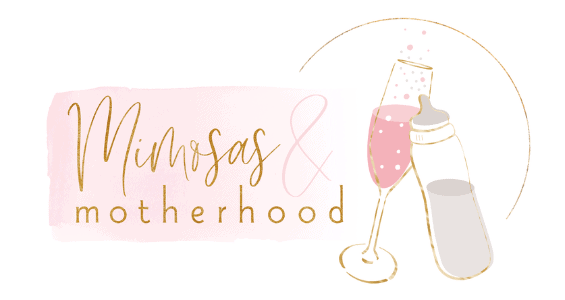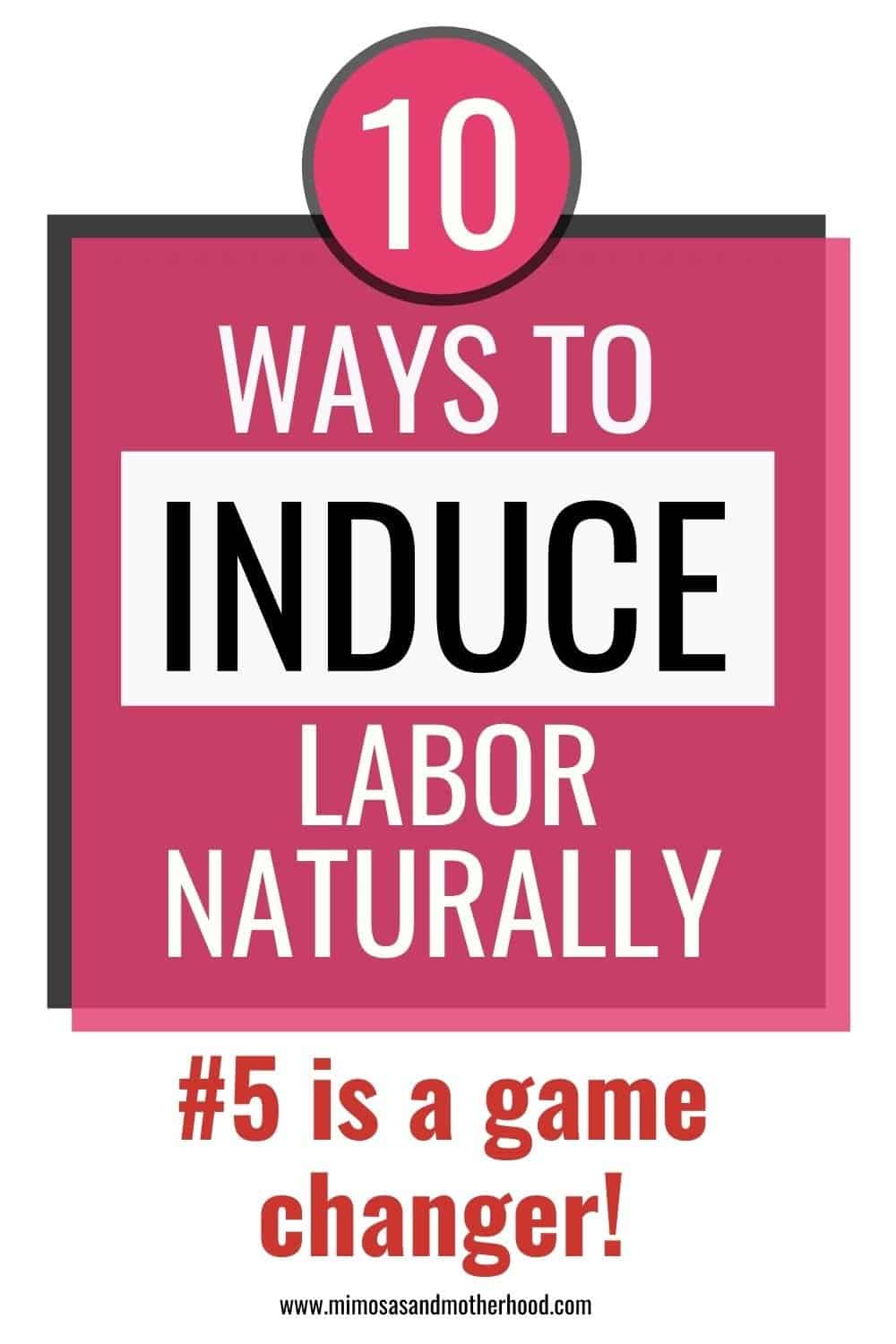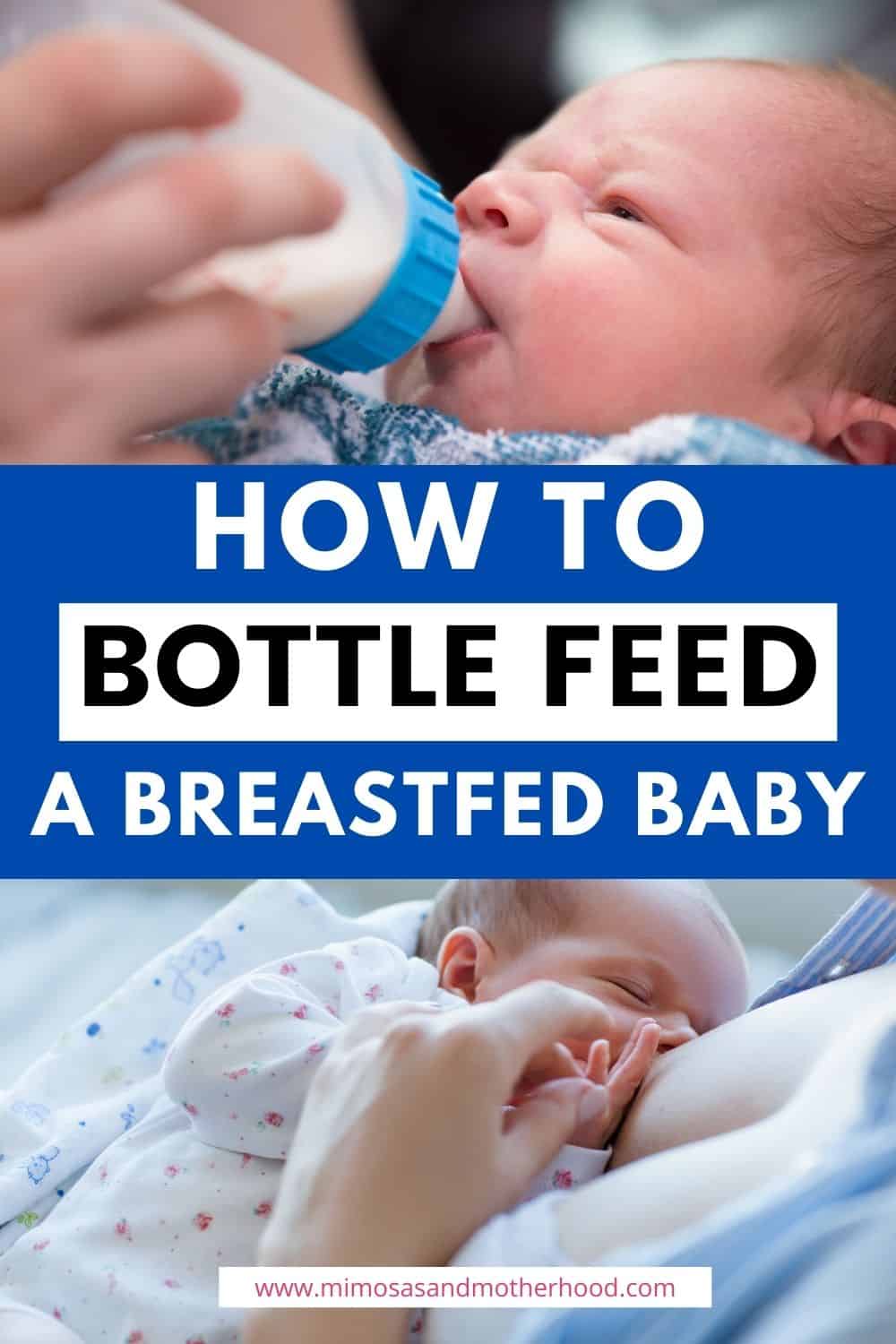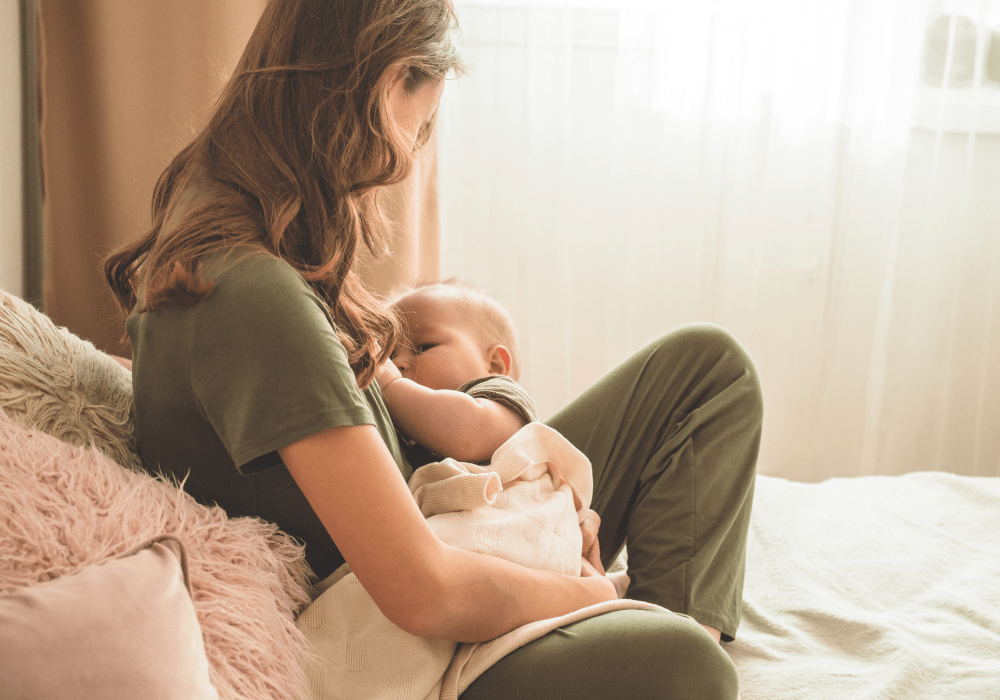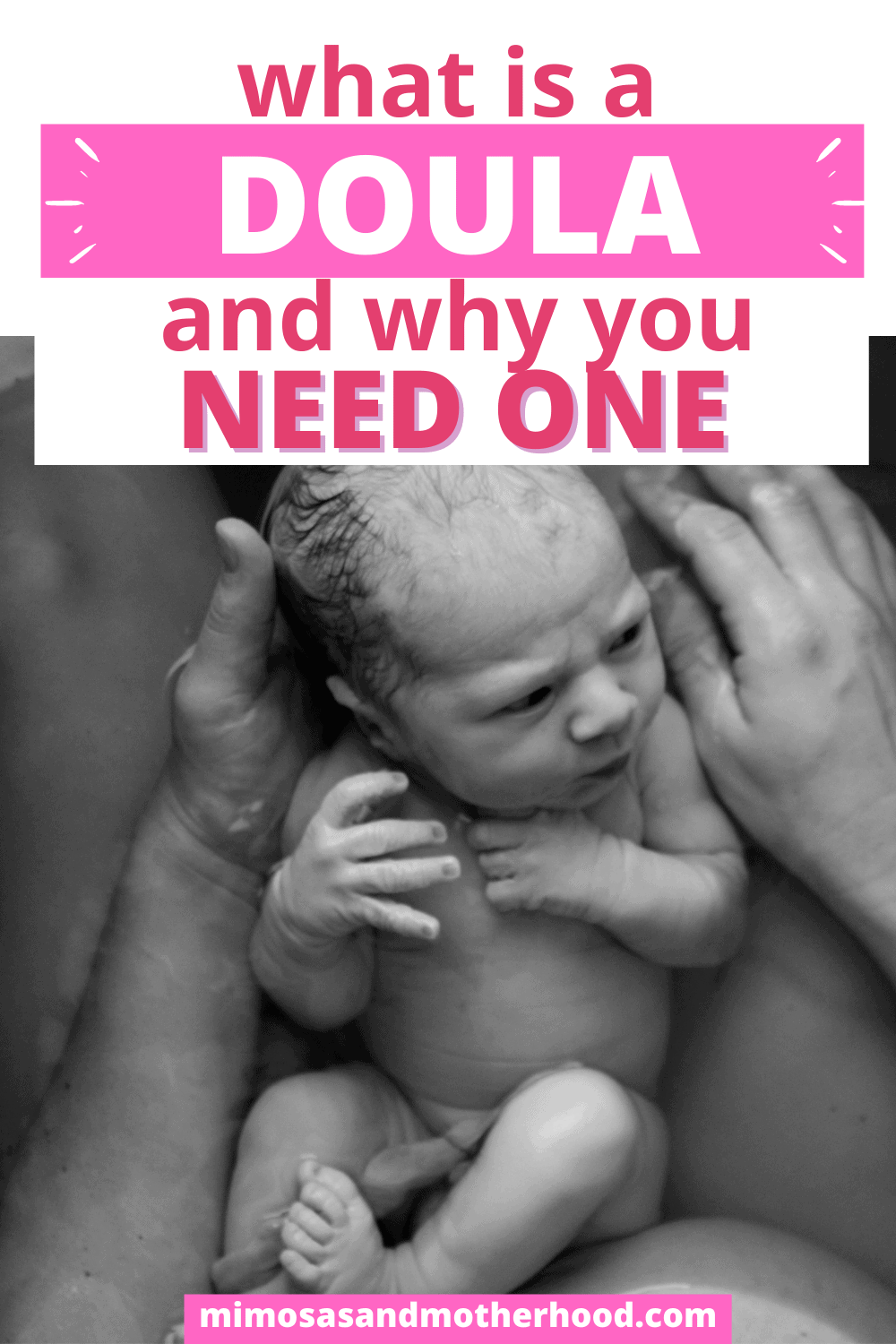How to Recover from a C Section Fast!
Whether planned or an emergency, a c-section, cesarean section or belly birth is major surgery that will require some extra time and care. Read on to learn how to recover from a c section fast with these c section recovery tips.

The newborn stage is such an incredible time. You’ve waited 9 months to meet that new little baby, and it’s such an amazing feeling to finally hold them in your arms.
At the same time, childbirth can be incredibly hard on your body, especially if you have a cesarean delivery (also known more commonly as a c-section). Unlike a routine vaginal delivery, your body will need substantially more time to recover.
There are a few things that can help you recover from a c section fast so that you can feel better, faster, and be able to truly enjoy that sweet newborn stage too.
Note: Some links may be affiliate links. That means I may make a commission if you use my links to purchase, at no extra added cost to you! I only recommend products that I personally love and believe in. Full disclaimer here.
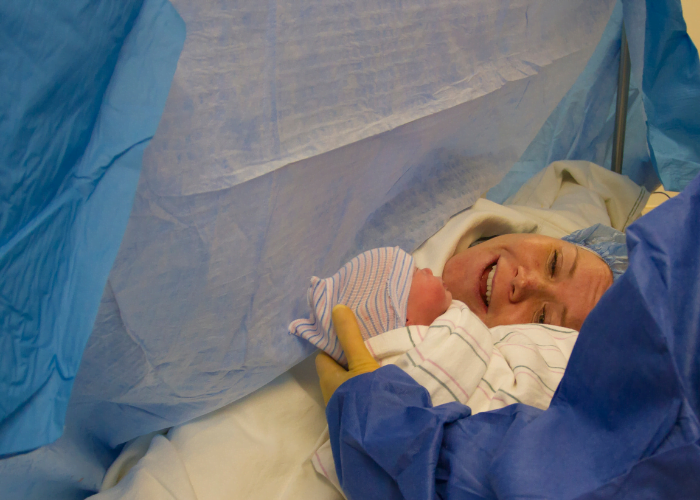
How Long Does It Typically Take To Recover From a C Section?
If you’re recovering from a c-section, your body needs time to heal after. You should expect to stay in the hospital after your surgery for three to four days, and it can take your body up to six weeks (or more!) to heal.
Unlike a vaginal birth, a caesarean section is major abdominal surgery! During the procedure, your doctor makes an incision through the fat cells and connective tissue down into your abdominal cavity. Your abdominal muscles are spread apart, and an incision is made into your uterus so your baby can be taken out.
After your baby is delivered and your doctor removes the placenta, the uterus is then stitched back up, as well as your connective tissues, abdominal wall and skin.
This great 2-minute video walks you through a standard belly birth!
Planning for C Section Birth & C Section Birth Plan

If you are planning for a c-section birth and searching for resources when it comes to creating your c-section birth plan, Mommy Labor Nurse now offers an incredibly robust online class to help you feel prepared for and at peace with your C-section birth.
This course includes:
- How to create a c-section birth plan you’re excited about
- Knowing what to expect from the c-section itself
- How to prepare your body and home for recovery
- Information on caring for yourself and your incision
And a ton more. You can find more information about that by clicking here.
7 Tips to Recover from a C-Section Fast
There are a few things that can truly help you as you recover from your c section.
Just like every woman and every birth is different, so is every c-section. Recovery time can vary from person to person. Some things, like problems with the incision, underlying health conditions and needing an emergency c-section, can also make it take longer to recover.
Be sure you talk to your healthcare provider first and ask them what they recommend. The following methods can help you speed up your c-section recovery:
Get plenty of rest
Remember how we mentioned that a c-section is a major surgical procedure?? Your body NEEDS rest and time to heal, even though it might feel impossible when you have a newborn baby.
The more rest that you give your body after a c-section, the better. If possible, get support from your partner, family members or trusted friends so that you can rest as much as possible when you return home.
On average, most women need 6 to 8 weeks to fully heal after a belly birth. Try not to feel overwhelmed by the laundry that needs to be done or dishes that need to be put away. The more you push your body before it’s ready, the worse you can feel. Even a few minutes of extra rest throughout the day can help with your recovery.
Here are a few other important things to keep in mind:
- Don’t lift anything heavier than your baby or you risk damaging your incision.
- If possible, avoid going up and down the stairs. Set up a station on your first floor with everything you need, including supplies for changing diapers and changes of clothes for baby, as well as food and water, so that you also don’t have to get up and down too often.
- Hold your abdomen when you need to cough or sneeze to help protect the incision site.
Eat Right
It’s just as important to nourish your body with nutritious food postpartum as it was while you were pregnant. Try to eat a variety of fiber-rich foods, such as fruits and vegetables, to help your body remain strong.
Remember that if you’re breastfeeding or pumping, you are your baby’s primary source of nutrition, too! Don’t forget to drink plenty of fluids (especially plenty of water), while you are recovering from you c-section. Not only does the extra fluids help to boost your milk supply, but it can also help you avoid constipation and help your body feel better, faster.
Many women recovering from a cesarean section experience constipation due to spending lots of time lying down, weaker stomach muscles. Severe constipation is not only painful, but straining can actually cause additional trauma and injury to the c-section incision.
If you are still struggling with bowel movements, you can try stool softeners, but be sure you talk to your doctor first.
Taking care of your body with the right nutrition postpartum is a must.

Don’t be afraid to ask for help
The newborn phase is exhausting for every new mom, and can be even tougher for those recovering from a c-section. You just had major surgery, and the more help you can have during this time, the better.
It’s ok to ask for extra help and find ways to take things off your plate during this time. Whether asking a friend to set up a meal train so that you don’t have to worry about cooking, seeing if your sister can come by every few days to take care of the laundry, or even asking your neighbor if they wouldn’t mind mowing the front yard for you this month, your recovery is important.
Giving birth can also be an incredibly emotional experience for many parents. For those who are navigating difficult emotions around emergency deliveries, traumatic births or having a c-section they had hoped not to have, asking for help with processing your emotions is also important.
If you’re not comfortable talking to your partner, seek out a trusted friend, family member or a professional. Early support may help to reduce the risk of postpartum depression and anxiety. It can also help you get the right treatment faster.
There are also online postpartum support groups, like Postpartum Support International, which offers weekly virtual support meetings.
If you have any feelings of self-harm, or are concerned you might harm your baby, you need to let your healthcare provider know immediately.
Manage your pain
You don’t earn a medal for trying to push through your pain postpartum! Taking the pain relievers prescribed by your doctor is incredibly important. These could be a prescription pain medication or an over-the-counter (OTC) option like acetaminophen (Tylenol) or ibuprofen (Motrin, Advil).
If you find they don’t work, or your pain is getting worse, reach out to your healthcare professional. Be sure to ask them before taking any other pain medicine or anything else for pain relief, as certain things aren’t recommended if you are breastfeeding.
Many women find that using a heating pad at the surgical site can also help to relieve discomfort during recovery.
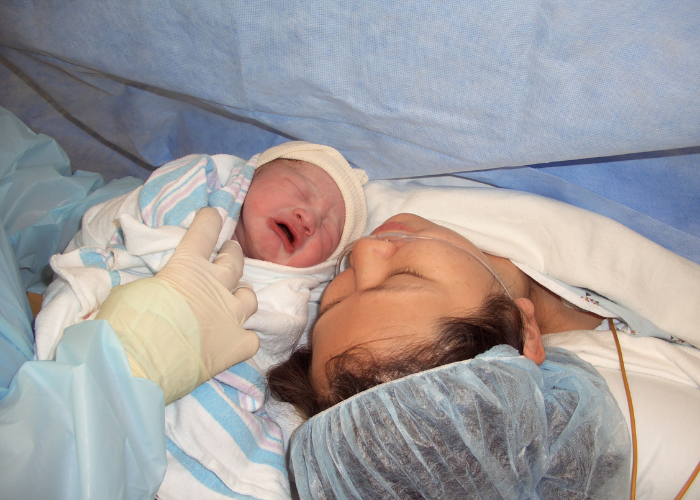
Take Walks
As you recover from a cesarean birth, strenuous exercise and heavy lifting is out of the question. However, walking is a great gentle exercise, and a good way to stay fit, help to reduce the risk of blood clots and support your mental health and get active again.
Many new moms like walking with other new parents as part of a group, or just having some quiet time as they walk around the neighborhood with their sleeping baby.
I personally loved connecting with new mom friends for short walks at a nearby walk. Not only did I get a little fresh air and exercise, but being able to talk with other women going through similar things was really helpful for my mental health.
Watch for signs of infection
Be aware of how your body is healing. The soon you notice a potential sign of infection, the quicker you are able to receive treatment.
Ask your doctor what they recommend when it comes to monitoring. Signs of infection include intense pain, swelling, intense pain, red streaks or oozing coming from the incision site, chills or fever.
Contact your doctor right away or go to the emergency room if you notice these symptoms.
Get breastfeeding support
Did you know that having a c-section is linked to a higher percentage of breastfeeding difficulties, like a delay in milk production? If you are struggling, a lactation consultant can help!
Many times lactation consultants are also covered by health insurance. Click here for more information about breastfeeding support for new moms.

More Postpartum Articles:
The 5 Must Have Postpartum Recovery Essentials
Breastfeeding Tips for First Time Moms
Newborn Household Essentials Stockpile
Baby Receiving Blanket vs Swaddle Blanket — Which Is Best?
C Section Postpartum Recovery FAQs
You should expect to stay in the hospital after your surgery for three to four days after your c-section. Once you return home, rely on your family, friends, partner or older children to help you as much as possible.
Is there bleeding after a C Section?
Many women don’t realize that you’ll still have vaginal bleeding after a caesarean, which is totally normal! This is from where the placenta was attached to your uterus.
Be sure you have plenty of sanitary pads at home. It might sound weird, but my personal preference for postpartum bleeding are these adult diapers you can get on Amazon. They’re comfortable, absorb more blood and have less leaks.
You want to avoid using tampons in the first 6 weeks after childbirth as they can increase your chance of infection. Keep in mind that the amount of bleeding can vary from woman to woman, but for most new mamas you’ll most likely experience heavy bleeding in the early days through first week.
After the first week the bleeding should gradually get lighter.
If you are soaking through a pad in one hour, seeing a lot of blood clots or large clots or the blood smells bad, you need to immediately call your doctor.
You also want to let your doctor know if you are continuing to experience bleeding after 6 weeks.
Can You Bend After a C Section?
Lifting, stretching and bending are all harmful to your incision after a c-section, so long story short: you want to avoid it!
It’s recommended to avoid lifting more than your baby, stretching, straining and deep bending until about 4-6 weeks post-delivery. This includes being mindful of the way you sit up. Practice rolling onto your side before pushing yourself up.
Here are a few other ways you can help manage when you’re on your own:
- Try to gather all of the items you need at once and bring them to where you’ll be sitting so you don’t need to get up multiple times.
- Use a grabber (like this one) to pick up items that have fallen.
- Ask for help! Your partner, family and friends are more than willing to jump in.
What Should I NOT Eat After Cesarean Delivery?
Did you know that new moms are at a higher risk of accumulating excess gas after delivery? After a c-section you need to be extra careful of what you put into your body, and avoid ones with ingredients that are hard to digest or can cause constipation or excess gas.
Some examples of food to avoid include carbonated drinks and fried foods. Instead, try to incorporate more protein and fiber rich foods and easy to digest foods.
Protein is essential in aiding the growth of new tissue, which is extra valuable when you’re recovering from a c-section. Protein-rich food also helps to increase breast milk production!
Is It Normal To Have a Big Tummy After a C Section?
In a nutshell: yes! Remember that it took your body 9 months to grow an entire human being! Give yourself grace for your body needing at least that long to start to feel and look normal again.
It’s completely normal to have a big tummy after a c-section. In fact, it’s really normal for every mom, regardless of whether she has a vaginal or belly birth, to still look pregnant after giving birth.
There are a few reasons new moms might still have a big belly after birth:
Stretched abdominal muscles: Your abs experienced some intense stretching while growing that sweet new baby! Whether they just stretched, or if you might be dealing with diastasis recti, your abdominal muscles need time to recover.
Shrinking Uterus: Your uterus did some pretty amazing things over the past 9 months, including stretching from the size of a lemon to basically the size of a watermelon! After delivery, it will shrink back to size, but it will take time (up to 6 weeks)!
Fluid retention: For many women, a BIG chunk of the weight gained during pregnancy is related to fluid! While a lot comes out during birth, plenty of fluid is retained. For mamas who had a cesarean section, you might have even more fluid retention due to the fact that you received fluids through an IV, too. This will gradually subside on its own.
Keep in mind that the swelling will most likely be the worst the first week after birth, and should gradually subside over the next few weeks. If you receive the all clear from your doctor, consider trying a postpartum abdominal binder or corset.
I swear by these for helping you feel more like yourself faster after childbirth. Here’s my personal experience using a postpartum girdle after both of my childbirths!
The right postpartum corset can prevent sutures from breaking, the wound from eviscerating, and the c-section incision from becoming irritated or infected due to the change in movement that has suddenly occurred.
Postpartum corsets are also designed to stimulate the lymphatic system, which removes fluid and toxins from the body. When the lymph nodes are able to do their job, women notice less swelling in their bodies. Compressing the abdomen and uterus with postpartum girdles accelerates healing and the amount of time it takes you to recover!
This one and this one are specifically designed for mamas recovering from a c-section
How Do I Know My C Section is Healing Inside?
I want to stress that I’m not a medical professional, so if you have ANY concerns about your c-section healing correctly please be sure to contact your doctor!
A c-section scar can get infected if bacteria gets inside, and incision and/or uterine infections are actually relatively common. Be sure to keep an eye out for anything that looks or feels strange, including discharge, severe pain at the incision site or in your stomach, a fever or redness/swelling at the incision point. These can all be signs of infection.
Your c-section scar should start to fade from red to pink while it’s healing. It should also become less tender to the touch.
Again, if you see anything strange or concerning, be sure to contact your healthcare team ASAP to be sure your incision is healing correctly.
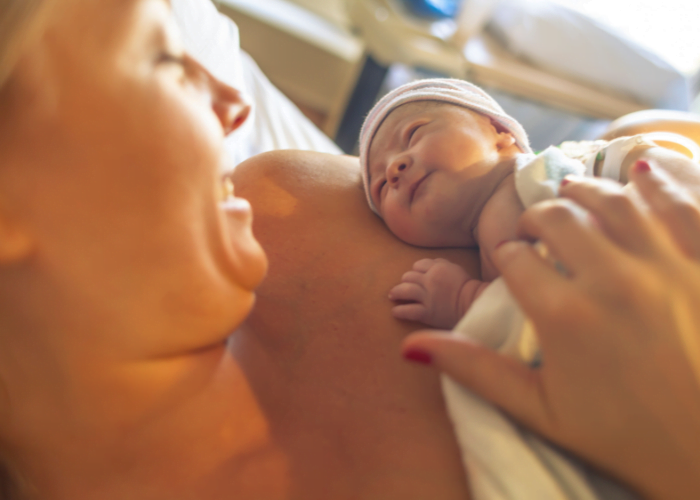
Final Thoughts on C-Section Recovery Tips
I hope this article helped you as you navigate your own c-section recovery. Remember that the healing process takes time!
Every body is different when it comes to recovery, but plan for about 6-8 weeks until you’re ready to go again. Rest as much as possible, ask for help, put good food and plenty of fluids into your body, and watch for signs of infection.

